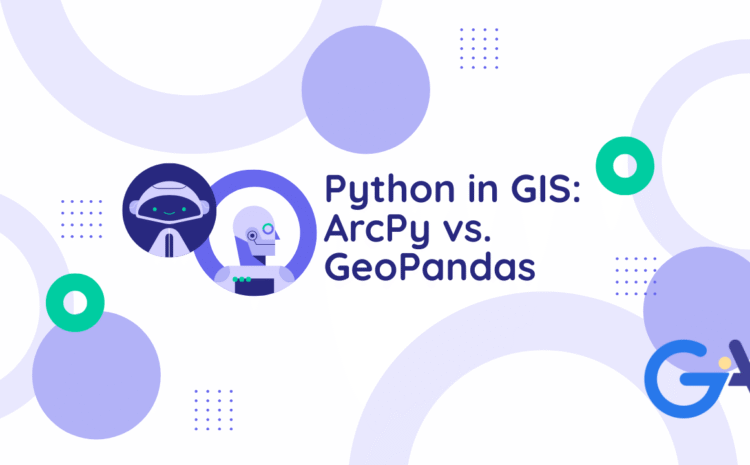Web Map Service (WMS): An OGC-standard web service for serving georeferenced map images (renders) over HTTP. A WMS server generates raster map images (PNG, JPEG, GIF, etc.) from GIS data on-the-fly. Clients specify parameters (bbox, size, CRS, layers, style, format)…
GIS (Geographic Information Systems) has become an indispensable tool in disaster management and risk assessment. It enables the collection, analysis, and visualization of spatial data to support decision-making before, during, and after disasters. The following report provides an overview of…
Geographic Information Systems (GIS) have become indispensable in public health, offering a spatial lens to analyze and address health issues. GIS enables the mapping and visualization of health data, which supports more informed planning and decision-making in public health. The…
GIS in Business Intelligence and Market Analysis Overview of GIS, BI, and Market Analysis Geographic Information Systems (GIS): GIS refers to software and tools used to collect, store, visualize, and analyze spatial (location-based) data. It enables users to interpret data…
Geographic Information Systems (GIS) have become indispensable in modern environmental monitoring and conservation efforts. GIS refers to computer-based tools for capturing, storing, analyzing, and visualizing geospatial data – essentially enabling the mapping of environmental features and processes. By integrating diverse…
Overview of Python in GIS Python has become a fundamental tool in Geographic Information Systems (GIS) for automating workflows, performing spatial analysis, and creating maps. Many GIS tasks that were traditionally done through graphical user interfaces can now be scripted…
Geographic Information Systems (GIS) are powerful tools for gathering, managing, and analyzing spatial data. In urban planning, GIS integrates geographic information with data layers (maps, tables, graphs) to reveal patterns and relationships, helping users make more informed decisions. Over the…
Spatial statistics are used to analyze the spatial distribution, patterns, and relationships of geographic phenomena. Two commonly used methods are Hot Spot Analysis and Moran’s I, both of which help detect spatial patterns in data. Hot Spot Analysis (Getis-Ord Gi*)…
Terrain analysis involves extracting useful information from elevation data, typically using a Digital Elevation Model (DEM). Three of the most common terrain analysis outputs are: 1. Slope 2. Aspect 3. Hillshade Tools for Terrain Analysis: You can perform terrain analysis…
Network analysis is a key part of geographic information systems (GIS) and transportation planning. It uses graph theory to model and analyze the movement of people, goods, and services over a network (like roads, pipelines, or public transit systems). Here…

Gabby Jones
Typically replies within a minute


